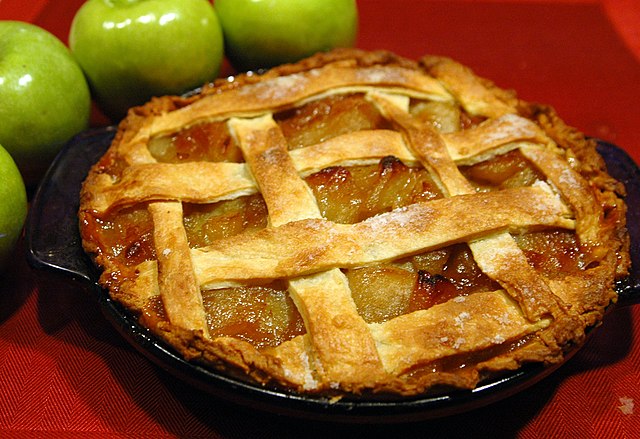1. What was specifically revised from one draft to another?
In my peer reviews they specifically mentioned that I didn't really establish an argument in my article. So, I really took it upon myself in my revision process to identify it as a con argument and provide reasons as to why I preferred printed books to audiobooks. I tried to take pro arguments for audiobooks and deconstruct them. I thought I did a pretty good job.
2. Point to global changes: how did you rethink your thesis or organization?
I thought the way I organized it in my draft was pretty good but I needed to provide more information in order to really support my argument. I also realized I needed to make my argument more clear and so my thesis changed into more of a pro-printed book and con-audiobooks.
3. What led you to these changes? A reconsideration of audience? A shift in purpose?
The changes I made mainly derived from the feedback I received during the peer review process. I rethought my purpose which both of my peer reviewers said I needed to focus on in order to improve my article.
4. How do these changes affect your credibility as an author?
I thought these improvements in my article made me seem more credible because I added more detail to my argument in terms of supporting printed books compared to audiobooks. Before it seemed like I was just evaluating the two but in my revision process I really tried to take a stance to make it more of an opinion piece.
5. How will these changes better address the audience or venue?
I think the argument is more clear so the audience will have a better idea in the beginning of what the article about which will prompt them to think about their own opinion about the matter sooner. I think these changes will heavily benefit the reader.
6. Point to local changes: how did you reconsider sentence structure and style?
I tried to make my piece personal but at the same time professional to make myself seem credible. I tried to keep my sentences and paragraphs short in order to mimic the journalism genre I was attempting. I thought this was a perfect genre for the argument I was trying to make.
7. How will these changes assist your audience in understanding your purpose?
I think because I revised many of my sentences to become more coherent the overarching argument will become more apparent which will enable the reader to become more knowledgeable about the topic in general.
8. Did you have to reconsider the conventions of the particular genre in which you are writing?
I didn't have to revise much in terms of this because I was already pretty knowledgeable about journalistic writing because I worked on the newspaper in high school. I reread some New York Times articles in order to become familiar with how they write.
9. Finally, how does the process of reflection help you reconsider your identity as a writer?
I think it's important to reflect because it really helps you evaluate how you write and why you wrote the way you did. I had outlined in a couple of my previous blog posts how I was going to write this piece which was helpful but the actual writing process relies on one's own thinking at the moment. Looking back at what I just wrote I am glad I wrote it the way I did and spent some time revising it and making sure everything flowed together so it could really benefit the reader. I hope my argument is clear to the reader and I convinced them of my stance.
 |
| Submiter, Kinjeng. "pug-puppies." 12/26/09 via Wikipedia. Creative Commons License. |




